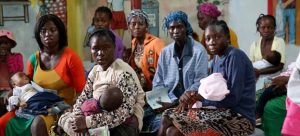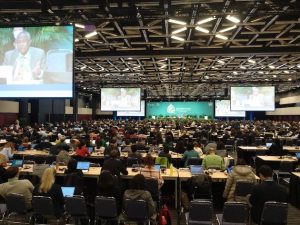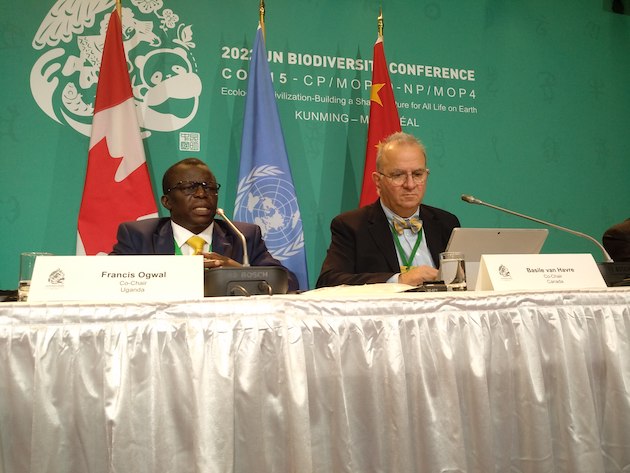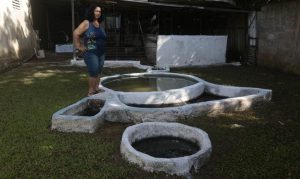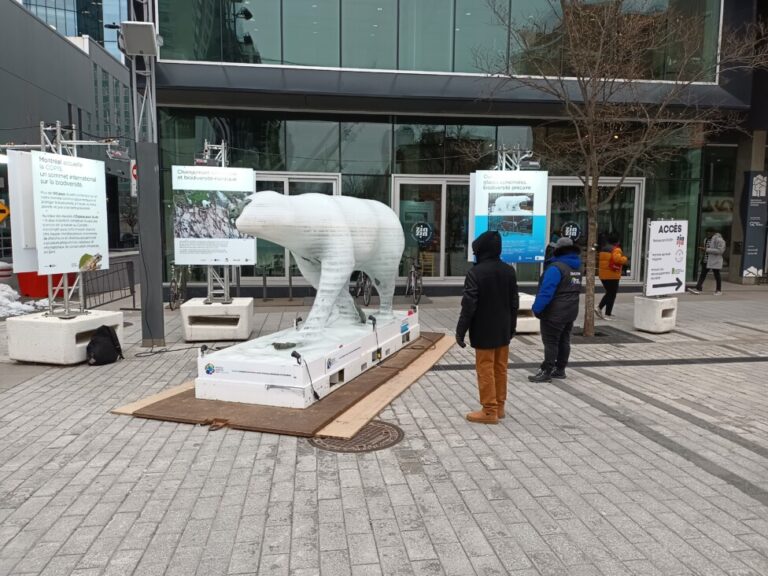NEW YORK, Dec. 20, 2022 (GLOBE NEWSWIRE) — WHY: Rosen Law Firm, a global investor rights law firm, reminds purchasers of the securities of Olaplex Holdings, Inc. (NASDAQ: OLPX) pursuant and/or traceable to the Company's initial public offering conducted in September 2021 (the "IPO"), of the important January 17, 2023 lead plaintiff deadline.
SO WHAT: If you purchased Olaplex securities you may be entitled to compensation without payment of any out of pocket fees or costs through a contingency fee arrangement.
WHAT TO DO NEXT: To join the Olaplex class action, go to https://rosenlegal.com/submit–form/?case_id=10056 or call Phillip Kim, Esq. toll–free at 866–767–3653 or email pkim@rosenlegal.com or cases@rosenlegal.com for information on the class action. A class action lawsuit has already been filed. If you wish to serve as lead plaintiff, you must move the Court no later than January 17, 2023. A lead plaintiff is a representative party acting on behalf of other class members in directing the litigation.
WHY ROSEN LAW: We encourage investors to select qualified counsel with a track record of success in leadership roles. Often, firms issuing notices do not have comparable experience, resources or any meaningful peer recognition. Many of these firms do not actually handle securities class actions, but are merely middlemen that refer clients or partner with law firms that actually litigate the cases. Be wise in selecting counsel. The Rosen Law Firm represents investors throughout the globe, concentrating its practice in securities class actions and shareholder derivative litigation. Rosen Law Firm has achieved the largest ever securities class action settlement against a Chinese Company. Rosen Law Firm was Ranked No. 1 by ISS Securities Class Action Services for number of securities class action settlements in 2017. The firm has been ranked in the top 4 each year since 2013 and has recovered hundreds of millions of dollars for investors. In 2019 alone the firm secured over $438 million for investors. In 2020, founding partner Laurence Rosen was named by law360 as a Titan of Plaintiffs' Bar. Many of the firm's attorneys have been recognized by Lawdragon and Super Lawyers.
DETAILS OF THE CASE: According to the lawsuit, the registration statement and prospectus used to effectuate Olaplex's IPO contained untrue statements of material fact or omitted to state other facts necessary to make the statements made not misleading and was not prepared in accordance with the rules and regulations governing its preparation. Specifically, the offering documents made false and/or misleading statements and/or failed to disclose that: (1) macro–economic pressures and competition in the haircare market were more robust than Olaplex had represented to investors; (2) accordingly, Olaplex was unlikely to maintain its sales and revenue momentum; (3) as a result, it was unlikely that Olaplex would be able to achieve the financial and operational growth projected in the offering documents; and (4) as a result, the offering documents were materially false and/or misleading and failed to state information required to be stated therein.
To join the Olaplex class action, go to https://rosenlegal.com/submit–form/?case_id=10056 or call Phillip Kim, Esq. toll–free at 866–767–3653 or email pkim@rosenlegal.com or cases@rosenlegal.com for information on the class action.
No Class Has Been Certified. Until a class is certified, you are not represented by counsel unless you retain one. You may select counsel of your choice. You may also remain an absent class member and do nothing at this point. An investor's ability to share in any potential future recovery is not dependent upon serving as lead plaintiff.
Follow us for updates on LinkedIn: https://www.linkedin.com/company/the–rosen–law–firm, on Twitter: https://twitter.com/rosen_firm or on Facebook: https://www.facebook.com/rosenlawfirm/.
Attorney Advertising. Prior results do not guarantee a similar outcome.
———————————————–
Contact Information:
Laurence Rosen, Esq.
Phillip Kim, Esq.
The Rosen Law Firm, P.A.
275 Madison Avenue, 40th Floor
New York, NY 10016
Tel: (212) 686–1060
Toll Free: (866) 767–3653
Fax: (212) 202–3827
lrosen@rosenlegal.com
pkim@rosenlegal.com
cases@rosenlegal.com
www.rosenlegal.com

GLOBENEWSWIRE (Distribution ID 8718159)


